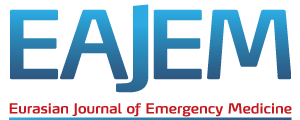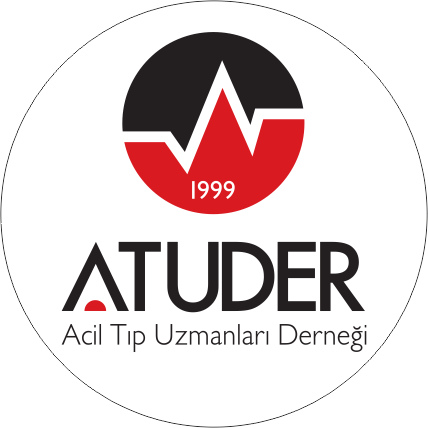ABSTRACT
Introduction:
Carbonmonoxide (CO) intoxication that appears due to incomplete burned fuels is reported to be the major cause of fatal intoxications in many countries.
Aim:
To identify the epidemiologic characteristic of CO intoxication patients who admitted to emergency service (ES).
Method:
The patients files with CO intoxication were explored retrospectively through age, sex, CO source, transportation, transportation time, therapy done while transporting, staying time in ES, Glasgow Coma Scale (GCS), symptoms, arterial blood gas, ECG; whole blood count, biochemical parameters, vital signs, computerized tomography, magnetic resonance imaging and also for the therapy used.
Results:
Our study included 221 patients older than 16 years with the diagnoses of CO intoxication that entered to ES in one year period. Of the patients, 60.6% were women and the mean age was 33.8+ 14.1 (16-75). Of the admittances, 38.9 (n=86) were in November, December and January. The rush hours were between 16:00 and 24:00 (44.3%, n=98). The CO sources were as fallows: 68,3% geysers, 15,4% stoves, 9.5% fire fumes and 3,2% motor vehicles. The patients’ carboxyhemoglobine levels and GCS were 36.4+12.1 and 13.8+2.6, respectively. 96.8% of the patients’ therapy and follow up were done in ES: Of these, 76.5% received only normobaric oxygen therapy and 23.5% received also hyperbaric oxygen therapy. Five patients transferred to intensive care unit for mechanic ventilation, one patient transferred to internal medical service because of insufficiency. One patient transferred due to his own wish after primary therapy. After six months follow up, permanent sequel was found in two patients.



